Metal Forming
Metal forming is an engineering process which allows us to change the shape of a work-piece with the help of external forces. Forming of the metal is achieved by utilizing plastic deformations which occur when the internal stress of the work-piece reaches the yield limit (the limit at which the material starts to deform).
Forming processes are divided into two groups according to the temperature of the used material, more specifically, hot forming processes and cold forming processes.
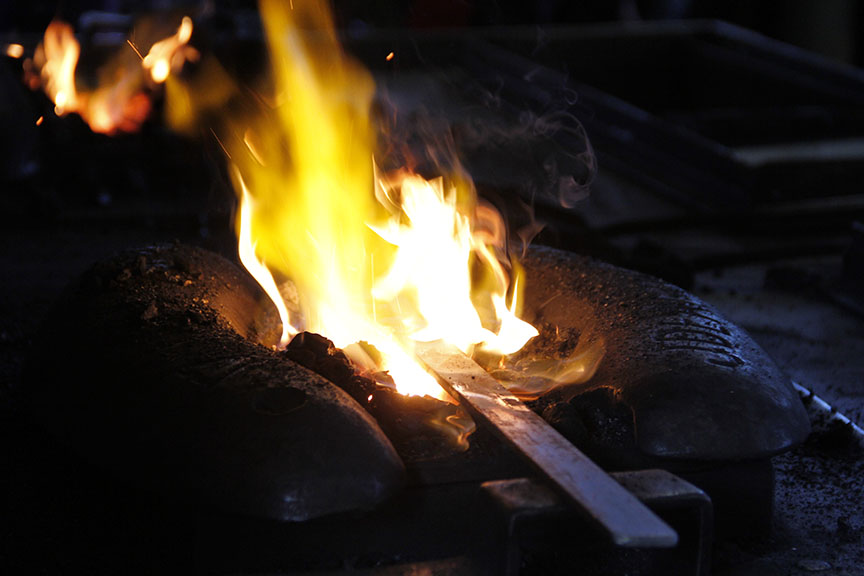
Many metal forming processes are using specialized tools named dies. They are used to form, shape, and, in some cases, cut work-pieces. They are usually uniquely designed in a way to modify a certain work-piece as needed. There are multiple types of dies differentiated according to the procedure they were designed for. E.g. die block, punch plate, pierce punch, blank punch, stripper plate.
Hot Forming Processes
Hot Forming processes are performed above the recrystallization temperature of the used material. Since its easier to change the shape of a hot material, these processes require less force which has to be used. The most typically used processes are forging and rolling. It is possible to carry out these processes under the recrystallization temperature usually with the help of higher pressure. Another very useful process is casting.
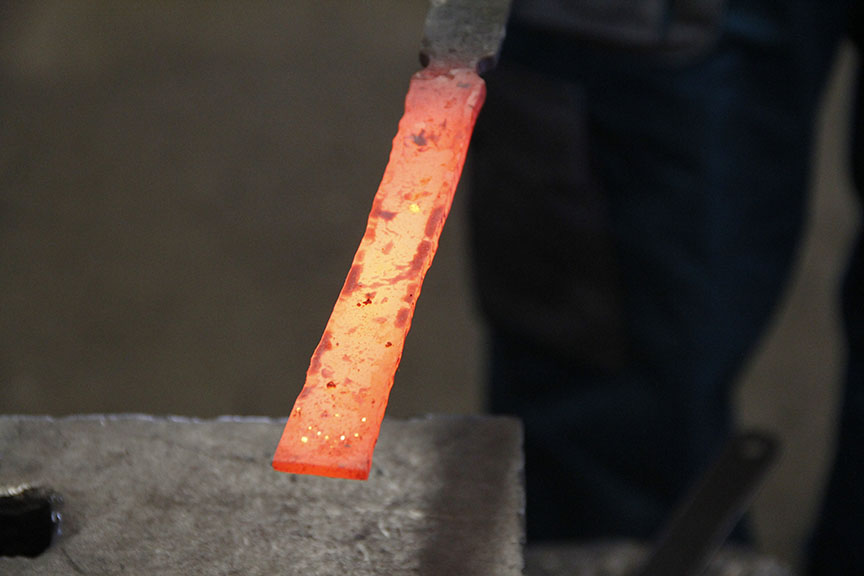
Forging
Forging involves a material which is pre-heated and then shaped by a compressive force created by a press or a hammer. In the past, forging was used by a blacksmith with the use of a hammer. Nowadays we use forging to create a high number of identical parts in a short time with the use of machine-powered presses. Hot forging is carried out at a high temperature to prevent breaking of the material. We may use cold forging when we want to reshape soft metal or plastic materials. Using cold forging on hard materials might cause breaking.
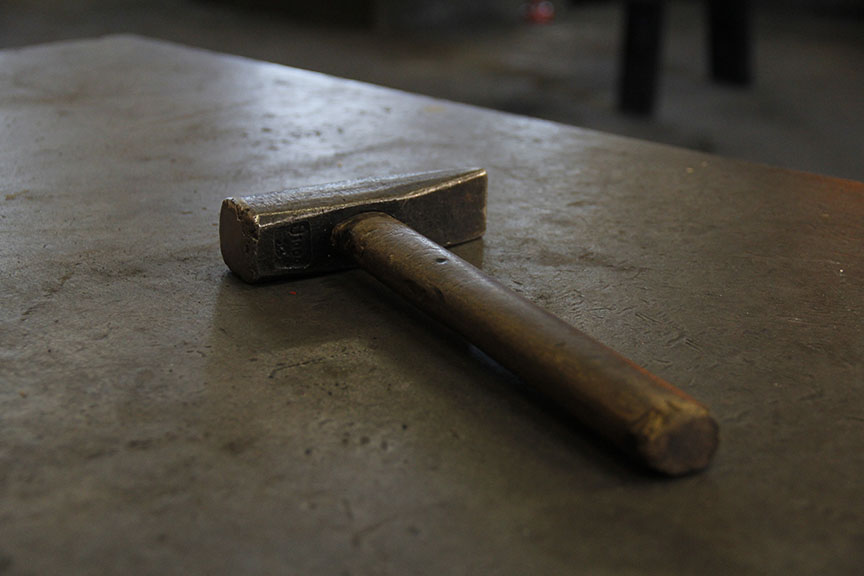
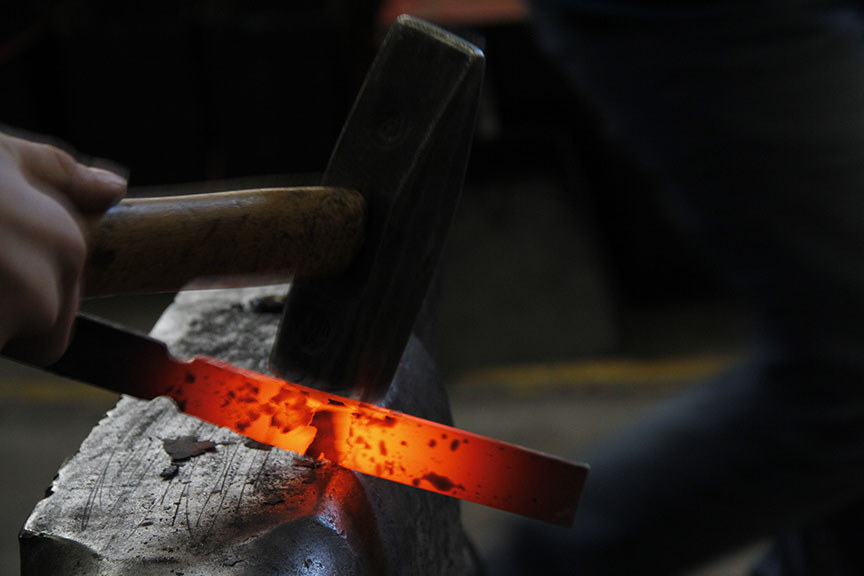
Rolling
Rolling is a very important manufacturing process. Most metal products undergo this procedure at some point in manufacturing since rolling is often used while creating new raw metals. Rolling allows metal ingots to be turned into slabs or blooms. Slabs have a rectangular shape while blooms have a square cross-section. With the use of a rolling mill, these work-pieces can be rolled down into different shapes such as sheets, rods, plates, coils, bars, etc. It is also possible to use this process on plastic, glass, and paper materials in a similar way. Whether to use cold or hot rolling is chosen according to the type of material we decided to reshape.
The used material is plastically deformed by compressive forces which occur between two spinning rolls which spin in opposite directions to each other. The material is passed through these spinning rolls. This causes a reduction of the thickness of the material while changing its form. The thickness which was reduced from its original value is called a draft. While the shape of the work-piece is changing, its volume remains the same.
Casting
Casting is one of the oldest forming processes known to human. This process consists of three core procedures which are molding, melting, and casting. A mold is created in a way to have the exact desired shape of the product that is required. Afterwards, the mold is filled with molten metal and slowly solidifies to gain the particular shape. The product removed from the mold is called a metal casting.
There are two types of molds we can use: open molds and closed molds. The open molds are containers which have the shape of the product. The molten metal is poured directly into the cavity. The cavity of open molds is exposed to the open environment. On the other hand, the closed molds have no contact with the open environment. They have a narrow delivery system in which the molten metal is poured. Then, the molten metal reaches the mold cavity where it solidifies. The closed molds are very important in manufacturing production, whereas the open molds are used in such situations only scarcely.
Another distinction of molds is based on their durability – there are expendable molds and permanent molds. The expendable molds can be used for only one casting as the mold must be destroyed to remove the casting after it solidifies. They are usually made from sand, plaster, or other similar materials. The benefit of these molds is their ability to produce castings with more intricate shapes.
Permanent molds can be used to manufacture many castings as they possess sections which can be opened and closed so that the molds do not have to be destroyed to remove the castings. Permanent molds are usually made from metal or, in some cases, refractory ceramic.
If we do not desire to use molten metal, we can use metal powder instead. A mold is used as a container for the powder. After we compress the powder to gain the form of the mold, we heat it up. The temperature of the powder should not be heated enough to melt. The heat makes the particles of the powder join together producing a sturdy, solid work-piece. This process is called sintering.
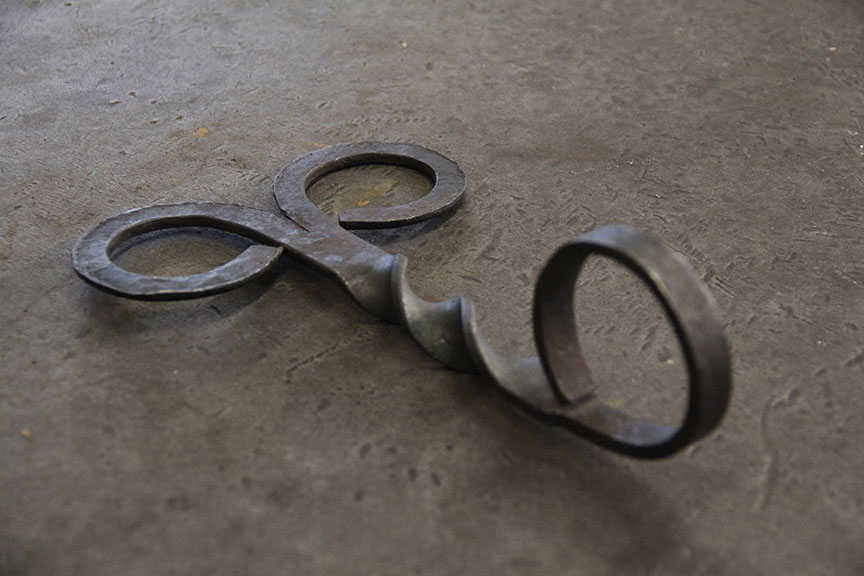
multiple metal forming processes
Cold Forming Processes
Cold Forming Processes are performed at room temperature. The shape of the material is changed by forcing it beyond its yield limit. The most typically used processes are drawing, bending, extrusion and blanking. It is possible to conduct some of these processes while the used material is heated.
Drawing
Drawing is based on a procedure of pulling the metal material through a die or a mold. This process employs a die which is called a draw punch. The work-piece is mechanically gripped and pulled through the die. The work-piece gains a hollow cylindrical or box-like shape while it is being pulled through the die. According to the shape of the die, the work-piece gains differently shaped sides. They can be straight, curved, tapered, or some mix of these three. We may draw the work-piece through more dies which will help to reduce its diameter while increasing its length. The thickness of its walls is only marginally changed.
Drawing is normally conducted at room temperature. It is an easily automated and accurate metal process with minimal upkeep and very short downtime. It allows us to produce work-pieces of simple to complex shapes in short periods of time.
Bending
Bending is used to change the form of sheet metal along the straight axis in the material without changing its volume. There is a little to no change in the thickness of the material. Bending helps to strengthen the work-piece while increasing its stiffness. It may also be used for cosmetic purposes or to eliminate sharp edges. It is usually conducted at room temperature, but it may be performed while the material is heated as well.
For bending, we generally use a punch die which is shaped according to the desired change of the sheet metal. Dies for bending are usually made from gray iron or carbon steel. To create the desired bend, we may need to use several different metal bending processes. Generally, we are bending sheet metal but bending of tubes or rods is also possible. The most common products of metal bending are V-shaped and U-shaped work-pieces.
Extrusion
Extrusion is used to force a work-piece through a die which has a smaller cross-sectional area than the work-piece. The product of extrusion then gains the new cross-section. The product's length is changed according to the size of the die's cross-section and the amount of material of the used work-piece.
Extrusion can be conducted at room temperature or while the used material is heated if needed. With this method, it is very easy to produce work-pieces with very complex cross-sections. Extrusion can be used to change the form of brittle materials. Apart from metal, it is possible to extrude polymers, concrete, ceramics, and foodstuffs.